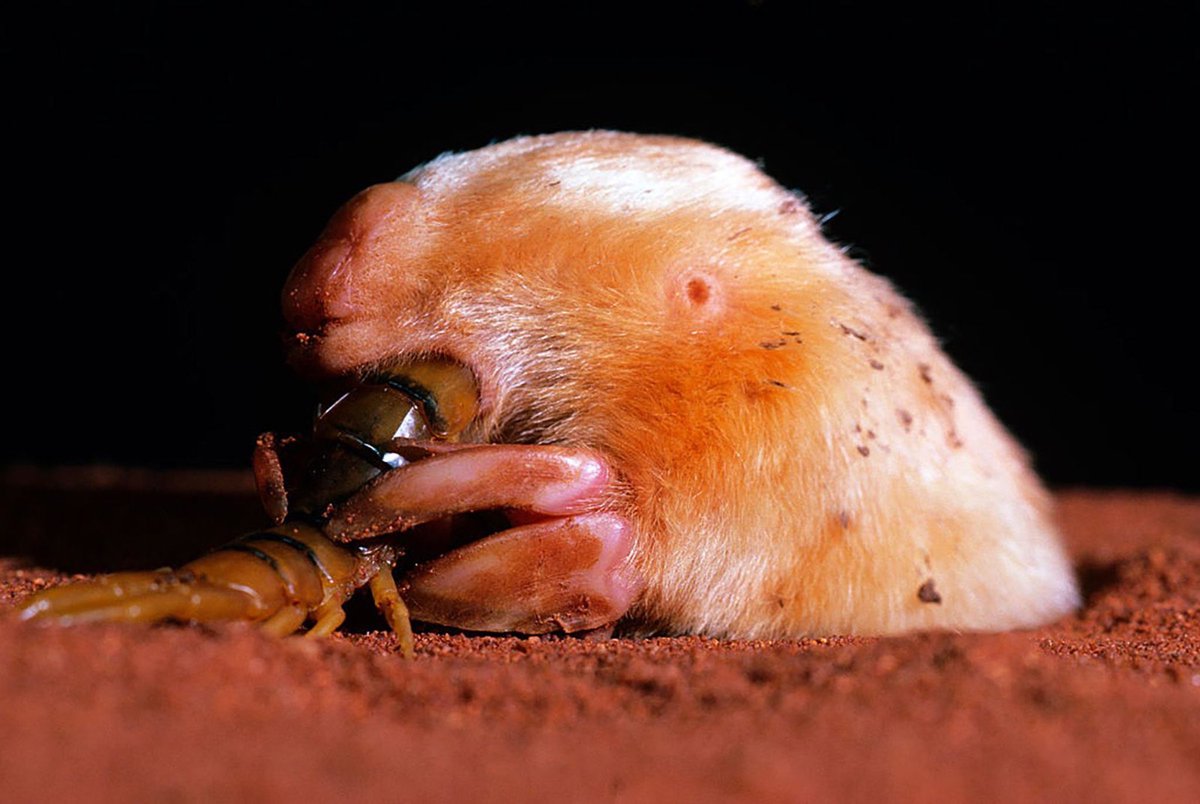
NEXT UP: # 6 seed Red Fox (Vulpes vulpes) vs # 11 seed Ring-tailed Vontsira (Galidia elegans)! #2021MMM 



Red Foxes are found all over the northern hemisphere in North America, Africa, and Eurasia. Generally a woodland dweller, this clever canine has taken advantage of human expansion, and has become quite the city dweller too! #2021MMM
The largest of the foxes, Red Foxes reach up to 57 inches long (about 4.3 stoats) and 14 kilograms in weight (63 stoats!). #StoatsAsMeasurement #2021MMM
This fox's red coat is of course iconic, but they can come in a wide variety of colors, from white to black to red to silver! #2021MMM
Coming from the dirty south(ern) hemisphere is the Ring-tailed Vontsira! A social species, where there's one Ring-tailed Vontsira, you can be sure there's another around the corner. nationalgeographic.org/media/photo-ar… #2021MMM
This small carnivore, which can reach up to 15 inches in length (1.12 stoats) and a whopping 900 grams in weight (4.09 stoats) is Madagascar's answer to bloodthirsty, carnivorous squirrels. #StoatsAsMeasurement #2021MMM
Ring-tailed Vontsiras spend their days weaselling through the undergrowth of Madagscar's eastern rainforests, searching for anything that they can fit in their mouth, whether that be birds, eggs, fruit, or stolen camp sardines. #2021MMM
Tonight's battle is in Walnut Creek, California, right outside of the Diablo Foothills park. In the gloaming, the Ring-tailed Vontsira peeks out from behind some scrubby undergrowth. #2021MMM
The climate is much drier than the Ring-tailed ontsira is used to, but it takes the environmental change in stride. After all, it can smell something incredibly delicious in the plastic trash can besides some park benches. #2021MMM
Like a red and black worm-on-a-string, the Ring-tailed Vontsira slides its way low to the ground, slinks its way up the can's side, and disappears into the trash. Meanwhile...#2021MMM
Red Fox trots its way along the side off the packed dirt trail. Although it's twilight, and all the humans (and worse, their dogs!) are gone, the Red Fox is still ready to bolt at the slightest disturbance. #2021MMM
The Red Fox stops at the picnic area. A lot of the time, it can pick up tasty discarded morsels of human food, or the rats attracted to the trash. In fact, the Red Fox hears a big one in the can right now! #2021MMM
The Red Fox creeps forward, ears at the alert. Something climbs up and out of the trash, landing on the other side. The Red Fox gets closer. #2021MMM
The Ring-tailed Vontsira, licking mustard off its nose from the half a hamburger it has just devoured, slinks a little less quickly around the can. Right into the Red Fox! #2021MMM
For a moment, they stare at each other. Then, the Red Fox LUNGES! #2021MMM
Weighed down by the hamburger, the Ring-tailed Vontsira lets out one last squeak as the Red Fox bites through its spine. #2021MMM
RED FOX SCARFS RING-TAILED VONTSIRA!!! #2021MMM
• • •
Missing some Tweet in this thread? You can try to
force a refresh




